Gout Pictures Slideshow: Causes, Symptoms, and Treatments of Gout

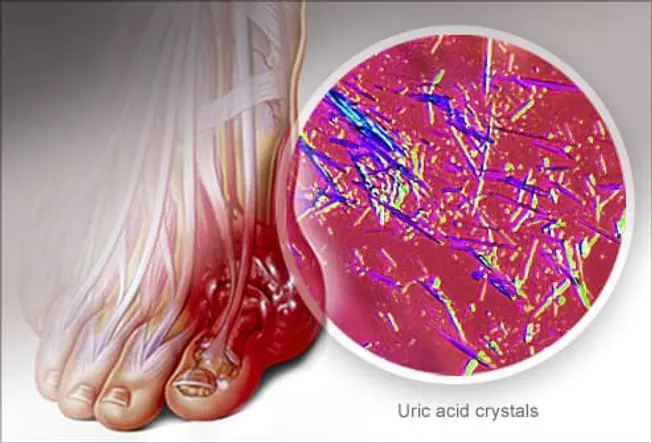
What Is Gout?
Gout is a kind of arthritis caused by a buildup of uric acid crystals in the joints. Uric acid is a breakdown product of purines that are part of many foods we eat. An abnormality in handling uric acid and crystallization of these compounds in joints can cause attacks of painful arthritis, kidney stones, and blockage of the kidney filtering tubules with uric acid crystals, leading to kidney failure. Gout has the unique distinction of being one of the most frequently recorded medical illnesses throughout history.
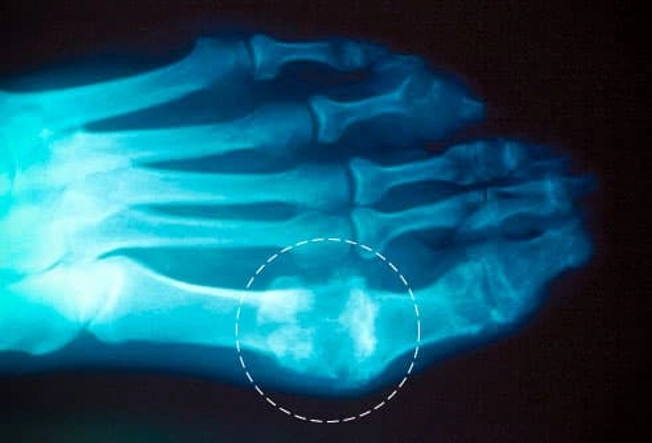
Symptoms of Gout
Acute gout attacks are characterized by a rapid onset of pain in the affected joint followed by warmth, swelling, reddish discoloration, and marked tenderness. The small joint at the base of the big toe is the most common site for an attack. Other joints that can be affected include the ankles, knees, wrists, fingers, and elbows. In some people, the acute pain is so intense that even a bed sheet touching the toe causes severe pain. These painful attacks usually subside in hours to days, with or without medication. In rare instances, an attack can last for weeks. Most people with gout will experience repeated bouts over the years.

Who's Affected by Gout?
The prevalence of gout in the U.S. has risen over the last twenty years and now affects 8.3 million (4%) Americans. Gout is more common in men than in women and more prevalent in African-American men than white men. The chances of having gout rises with age, with a peak age of 75. In women, gout attacks usually occur after menopause. Among the U.S. population, about 21% have elevated blood uric acid levels, a condition known as hyperuricemia. However, only a small portion of those with hyperuricemia will actually develop gout. If your parents have gout, then you have a 20% chance of developing it.
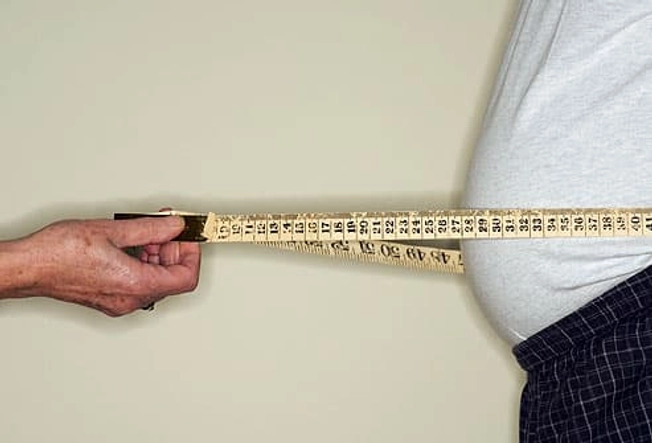
Risk Factors for Gout
Obesity, excessive weight gain, especially in youth, moderate to heavy alcohol intake, high blood pressure, diabetes, and abnormal kidney function are among the risk factors for developing gout. Certain drugs and diseases can also cause elevated levels of uric acid. Also, there is an increased prevalence of abnormally low thyroid hormone levels (hypothyroidism) in patients with gout.
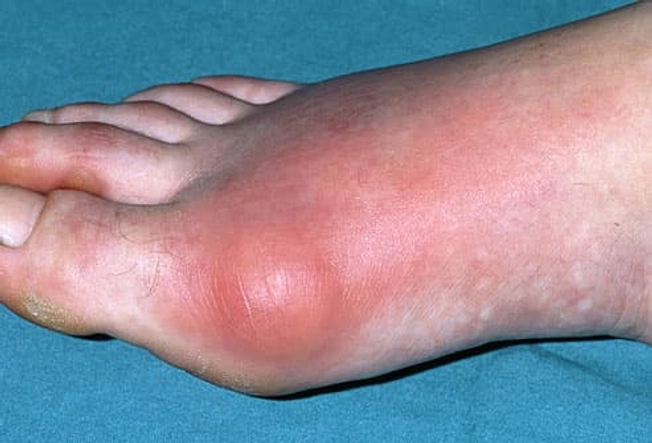
What Gout Looks Like: The Big Toe
The joint at the base of the big toe is the most common site of an acute gout attack. These attacks can recur unless gout is treated. See your doctor even if the pain from gout is gone. Over time, they can harm joints, tendons, and other tissues.
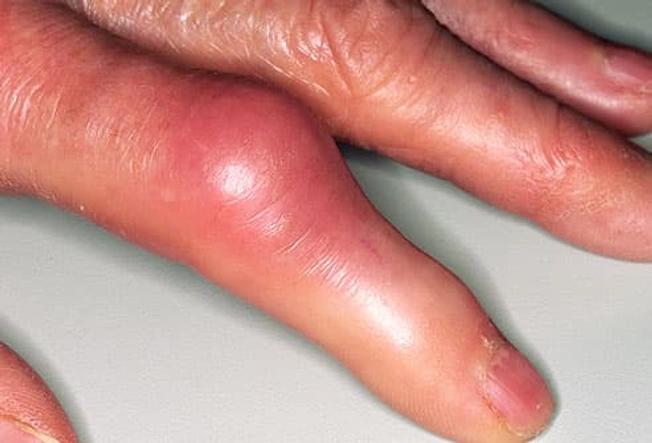
What Gout Looks Like: The Fingers
People may experience gout with deposits of uric acid crystals in their finger joints. To ease the pain during a gout attack, rest the joint that hurts.
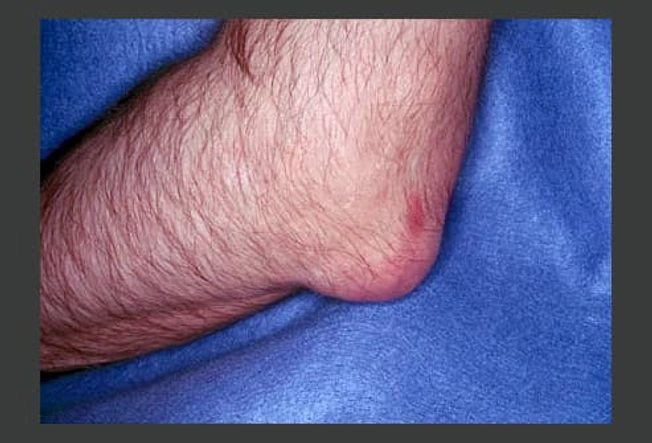
What Gout Looks Like: The Elbow
Gout can also attack joints such as the elbows and knees. Notice the protrusion on the elbow.
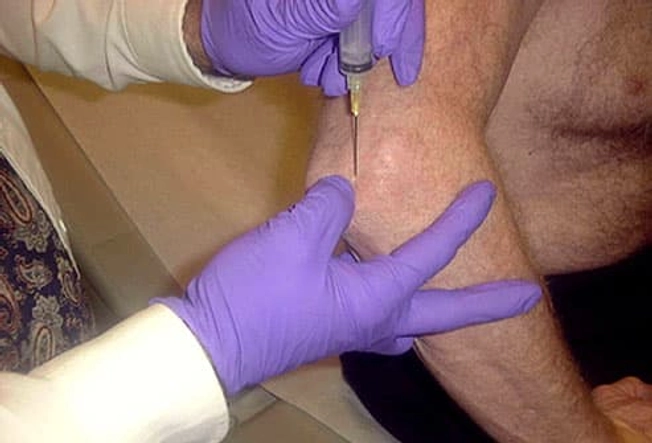
Diagnosing Gouty Arthritis
Gout is considered when a patient reports a history of repeated attacks of painful arthritis, especially at the base of the toes or in the ankles and knees. The most reliable test for gout is detecting uric acid crystals in the joint fluid obtained by joint aspiration. This common office procedure is performed with topical local anesthesia. Using sterile technique, fluid is withdrawn (aspirated) from the inflamed joint with a syringe and needle.
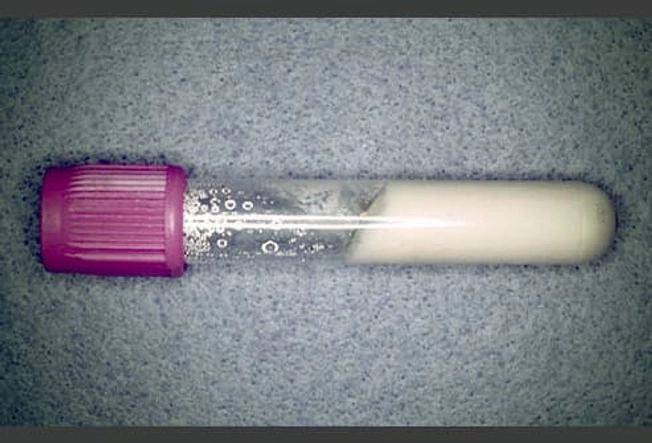
Diagnosing Gout: Joint Fluid Analysis
Once joint fluid is obtained, it is analyzed for uric acid crystals and infection. Your doctor may also do a blood test to measure the amount of uric acid in your blood.

How Are Gout Attacks Prevented?
Maintaining adequate fluid intake helps prevent acute gout attacks and decreases the risk of kidney stone formation in people with gout. Alcohol is known to have diuretic effects that can contribute to dehydration and precipitate acute gout attacks. Alcohol can also affect uric acid metabolism and cause hyperuricemia. It causes gout by slowing down the excretion of uric acid from the kidneys as well as by causing dehydration, which precipitates the crystals in the joints.

More Prevention Techniques
Dietary changes can help reduce uric acid levels in the blood. Since purine chemicals are converted by the body into uric acid, purine-rich foods should be avoided. Foods rich in purines include shellfish and organ meats, such as liver, brains, and kidneys. Researchers have reported that meat or seafood consumption increases the risk of gout attacks, while dairy consumption seemed to reduce this risk. Weight reduction can be helpful in lowering the risk of recurrent attacks of gout.
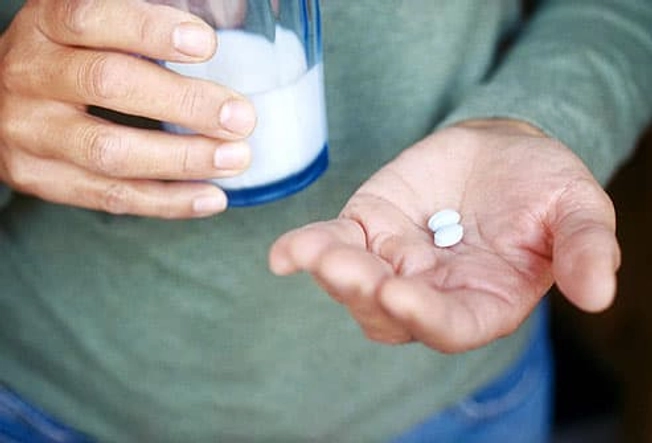
Treating Gout with Medications
Certain medications reduce the pain and inflammation of gout attacks, such as anti-inflammatory drugs (ibuprofen and naproxen), colchicine, and corticosteroids. Other medications decrease the level of uric acid in the blood and prevent the deposit of uric acid in joints (gouty arthritis), the kidneys (stones), and in tissue (tophi), helping to prevent further attacks and complications. These drugs include allopurinol, febuxostat, lesinurad, and probenicid.

What Does the Future Hold for Gout?
Active research is ongoing in a variety of fields related to gout and hyperuricemia. Scientists have found that high animal protein slightly increased the risk for gout. New drugs are being developed that may be more versatile and safe in treating the elevated uric acid levels in patients with chronic gout.